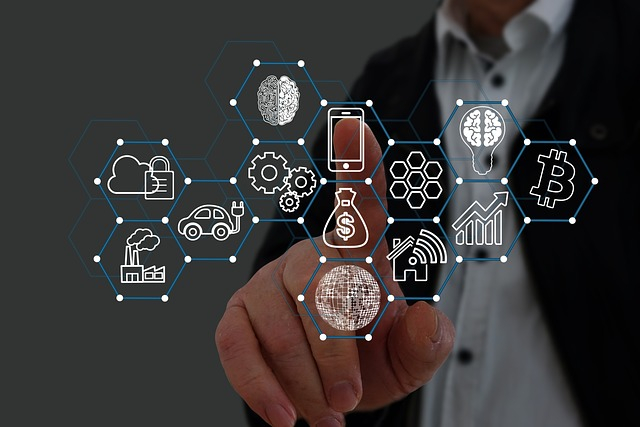The difference between privacy and anonymity
 In the context of our ever-evolving digital landscape, the notions of privacy and anonymity have become increasingly salient, eliciting profound implications for personal liberty and the preservation of fundamental rights. Although these terms are often employed interchangeably, they encompass distinct concepts that warrant disambiguation. In this scholarly treatise, we shall endeavor to delineate the differences between privacy and anonymity, expounding upon their unique characteristics and the critical roles they play in safeguarding individual freedoms in an age of unprecedented interconnectedness. Privacy, in its most elemental form, pertains to the ability of an individual to exercise control over the disclosure and dissemination of personal information, as well as the conditions under which such information may be accessed or utilized. Privacy encompasses an array of dimensions, including:
Anonymity, on the other hand, refers to the state of being unidentifiable or untraceable within a particular context, such that an individual's actions, communications, or transactions cannot be linked to their true identity. Anonymity can be achieved through various means, including the use of pseudonyms, encryption technologies, and specialized tools designed to obfuscate an individual's digital footprint. The primary benefits conferred by anonymity include:
While privacy and anonymity are distinct concepts, they are inextricably intertwined, often serving as complementary mechanisms for safeguarding individual liberties and preserving the integrity of the digital ecosystem. In a world where personal data has become a coveted commodity, and where the specter of surveillance looms large, the importance of both privacy and anonymity cannot be overstated. By fostering a nuanced understanding of these concepts and advocating for their protection, we can help to ensure that the digital realm remains a bastion of freedom and a force for progress, rather than a tool of control and oppression. As we continue to delve deeper into the intricate interplay between privacy and anonymity, it becomes increasingly apparent that these concepts serve as bulwarks against the erosion of civil liberties and the encroachment of invasive surveillance practices. The confluence of privacy and anonymity can be observed in various real-world applications and technologies, which serve to illustrate the synergistic nature of these principles and their collective capacity to fortify individual freedoms. A few notable examples include:
In light of the aforementioned examples, it becomes evident that privacy and anonymity are not mutually exclusive, but rather function as complementary facets of a broader tapestry of personal liberty and digital autonomy. The confluence of these principles engenders a digital environment in which individuals are empowered to exercise control over their personal information, communicate freely and securely, and evade the pernicious effects of surveillance and data exploitation. Ultimately, the preservation of both privacy and anonymity is contingent upon the collective efforts of individuals, technologists, and policymakers alike. By championing these principles, fostering public awareness and education, and advocating for the development and adoption of privacy-enhancing technologies, we can help to shape a digital future that is predicated on freedom, autonomy, and the inviolable sanctity of personal rights and liberties. Article and video for topic: The difference between privacy and anonymity. Author: Jonathan Burroughs |
